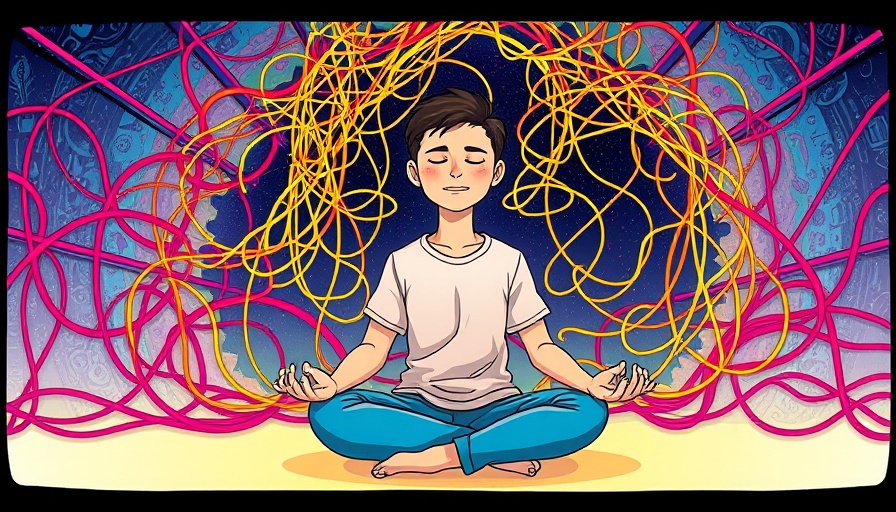
Unleashing the Benefits of Somatic Shaking for Stress Relief
In our fast-paced, often overwhelming world, finding effective ways to manage stress is crucial for mental and physical well-being. Somatic shaking, sometimes referred to as neurogenic tremoring, is emerging as a revolutionary technique that not only helps in releasing built-up tension but also connects us deeply to our bodily sensations. This naturally instinctual practice has gained traction in various wellness circles for its transformative effects on emotional and physical states.
What is Somatic Shaking?
Somatic shaking is a therapeutic practice that involves allowing your body to tremble or shake intentionally. This process serves as a physiological release mechanism, similar to how many animals instinctively discharge stress after experiencing a threat. For example, after a stressful encounter, dogs often shake it off; the same concept applies to us humans. By engaging in somatic shaking, individuals can complete the body's stress cycle, promoting a profound sense of relief and relaxation.
How to Get Started with Somatic Shaking
Getting started with somatic shaking requires no special equipment or extensive knowledge. Instead, it is about tuning into your body and giving it permission to move freely. Here’s how you can incorporate this practice into your routine:
- **Choose a comfortable space:** Find a quiet area where you feel safe to move without judgment.
- **Begin with breath:** Take a few deep breaths to center yourself and connect with your body.
- **Let go:** Allow your body to begin shaking, either through gentle tremors or more vigorous movements. Listen to what your body wants to do; this could mean bouncing, wiggling, or even jumping.
- **Stay present:** Focus on the sensations you feel during the experience. Be aware of how your emotions may shift during shaking; you might feel joy, sadness, or just a sense of release.
Benefits of Somatic Shaking
The benefits of somatic shaking extend beyond mere stress relief. Here are some key advantages associated with this practice:
- **Releases built-up tension:** It encourages the body to naturally release pent-up stress and trauma, promoting a sense of lightness and ease.
- **Enhances emotional regulation:** Regular practice can aid in managing anxiety, depression, and various emotional issues by allowing feelings to surface and move through the body.
- **Promotes body awareness:** Shaking can help reconnect you with bodily sensations, fostering a deeper understanding of physical signals and needs.
- **Improves overall well-being:** Somatic shaking not only revitalizes the body but may also enhance cognitive functions, strengthen immune response, and boost overall vitality.
Addressing Concerns about Somatic Shaking
Despite its benefits, some may approach somatic shaking with hesitance or skepticism. Common concerns include feeling awkward during the practice or fearing that it may elicit overwhelming emotions. It is vital to approach this practice with an open mind and recognize that discomfort is part of the process. Furthermore, if you have a history of trauma, consider working with a therapist who is experienced in somatic practices to ensure a safe exploration.
Implementing Somatic Shaking into Your Daily Life
Integrating somatic shaking into daily routines can yield profound benefits. Here are ways to seamlessly incorporate this practice:
- **Morning Ritual:** Start your day with a few minutes of shaking to energize your body and refresh your mind.
- **Breath Breaks:** During stressful workdays, take a brief pause to shake off tension and reset your focus.
- **Social Engagement:** Try incorporating shaking in group settings like yoga sessions or workshops, making it a communal practice that shares the joy of movement.
Conclusion: Embrace the Shake
Somatic shaking offers a powerful avenue for stress relief, emotional healing, and physical rejuvenation. In recognizing how instinctual this practice is, we can dismantle the notion that healing must be a still, quiet experience. The invitation is to explore, express, and embrace this natural, dynamic unfolding of the self.
 Add Row
Add Row  Add
Add 




Write A Comment